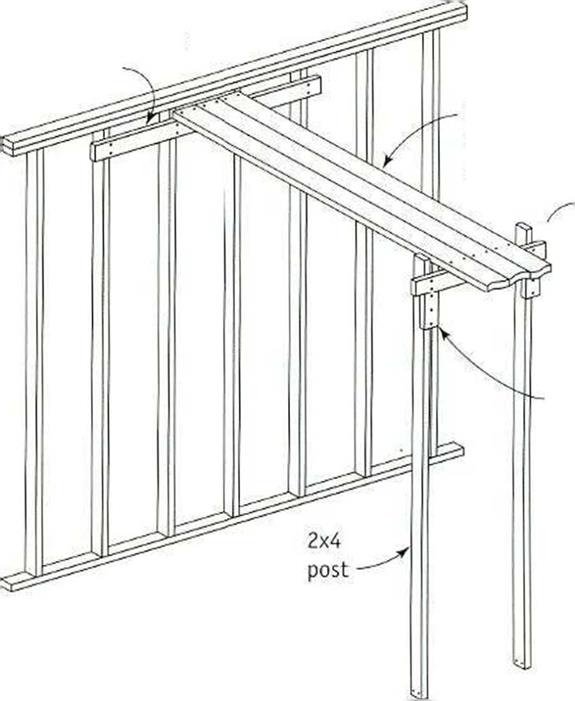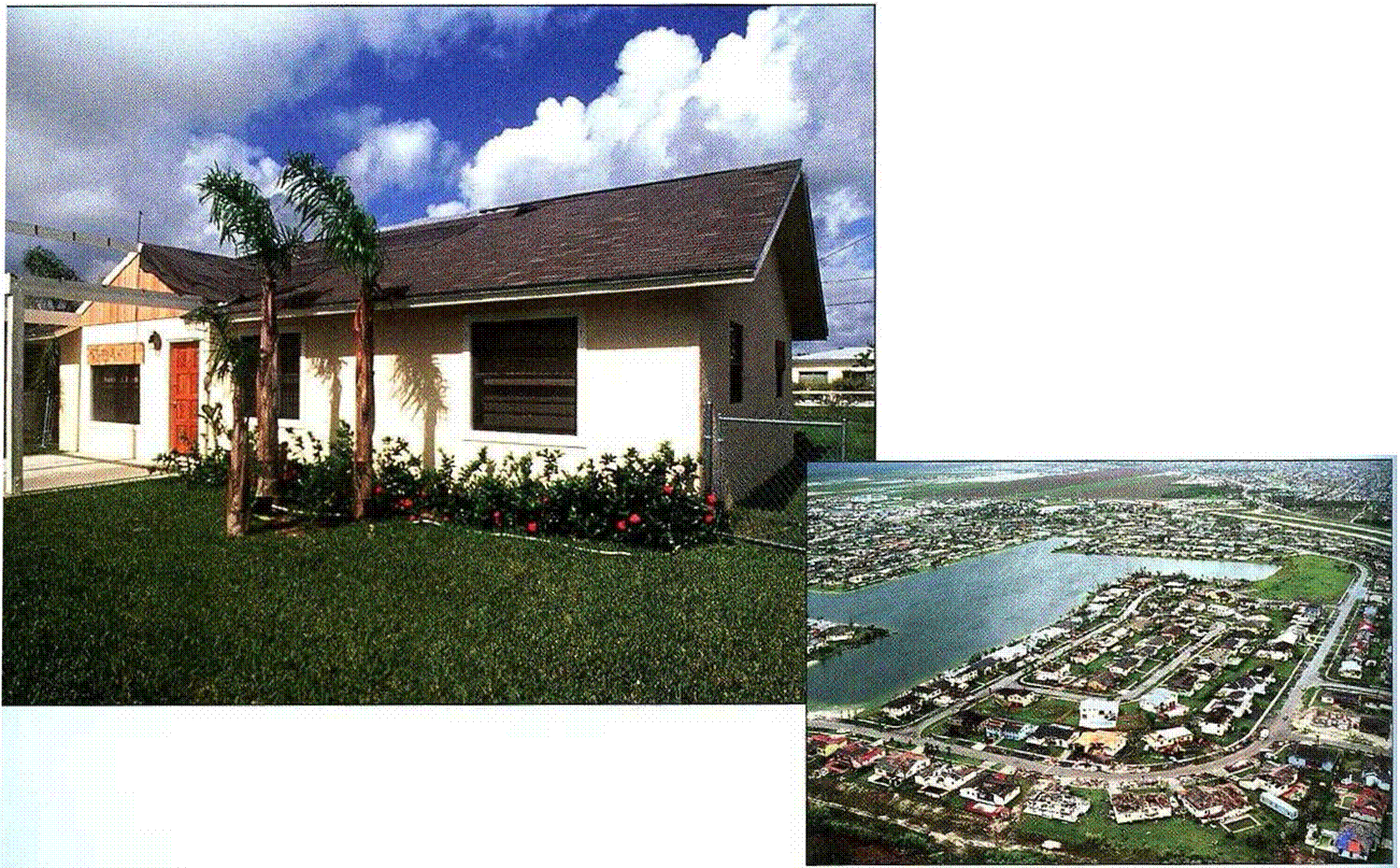Mark truss locations
Before trusses arrive on the job site, take some time to lay out their locations on the top of the wall plates. Hook a long tape on the end of the exterior walls and mark the entire length of the building at 2 ft., 4 ft., 6 ft., and so on, putting an "X" on the far side of each mark.
Do the same on any long interior walls that run parallel to the outside walls. Mark the same 2-ft. o. c. layout on several straight 16-ft. 1x4boards. These lxs will later be nailed near the ridge to hold each truss upright at the proper spacing.
![]()




 Despite your best efforts to line the walls (asexplained in chapter 4), the exterior eave wall plates may not be totally straight. If you hold the truss overhang to a wall that is not straight, the rafter ends and fascia won’t be straight, either...
Despite your best efforts to line the walls (asexplained in chapter 4), the exterior eave wall plates may not be totally straight. If you hold the truss overhang to a wall that is not straight, the rafter ends and fascia won’t be straight, either...








